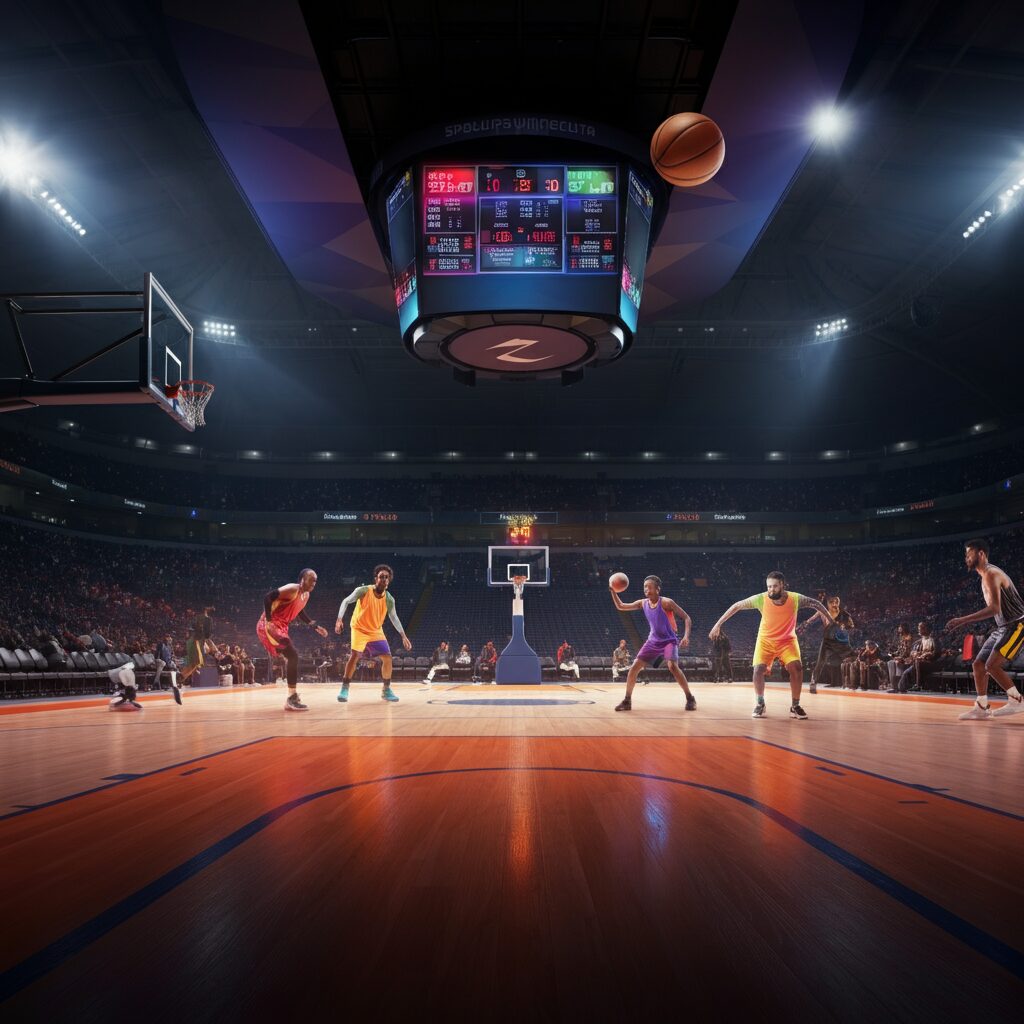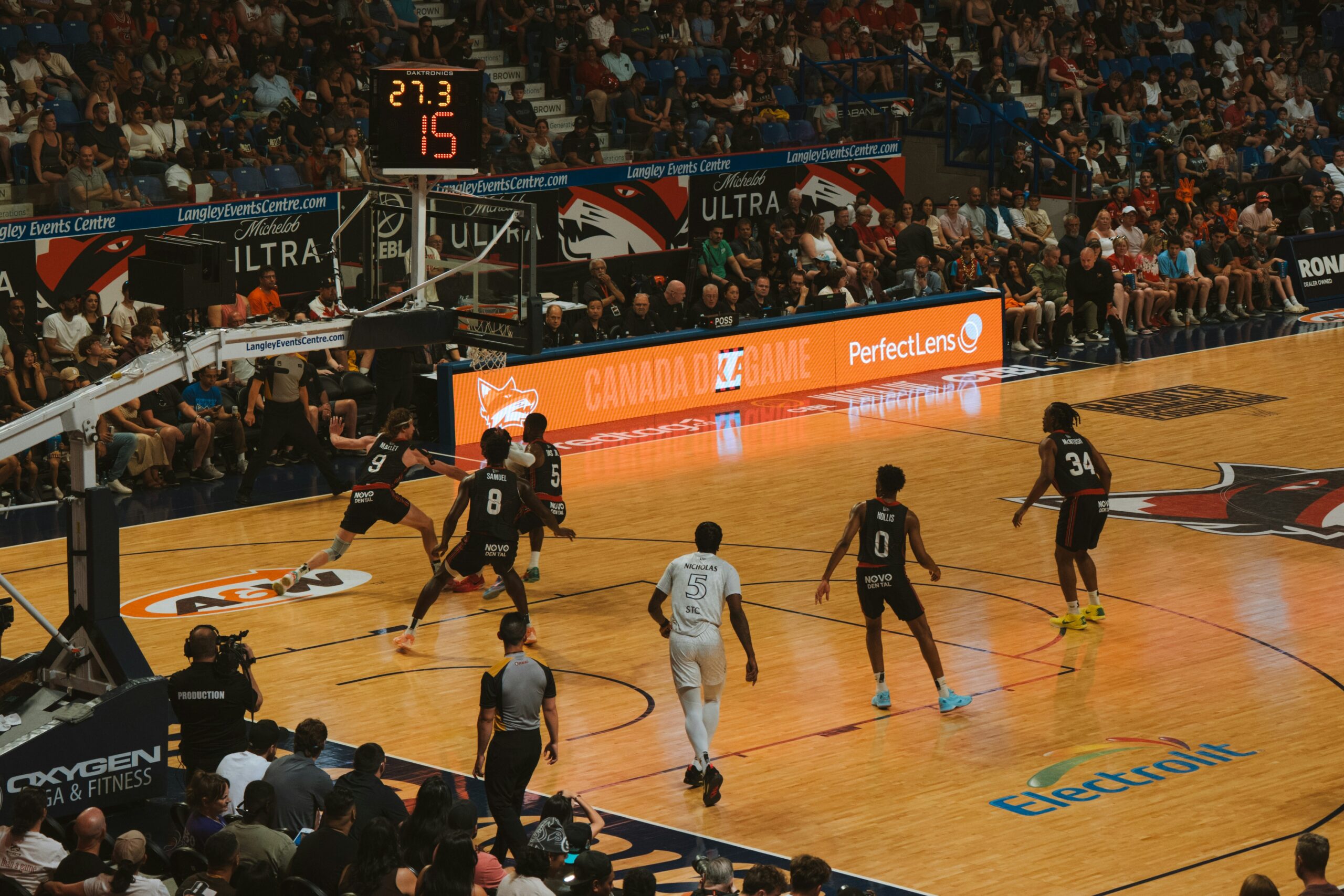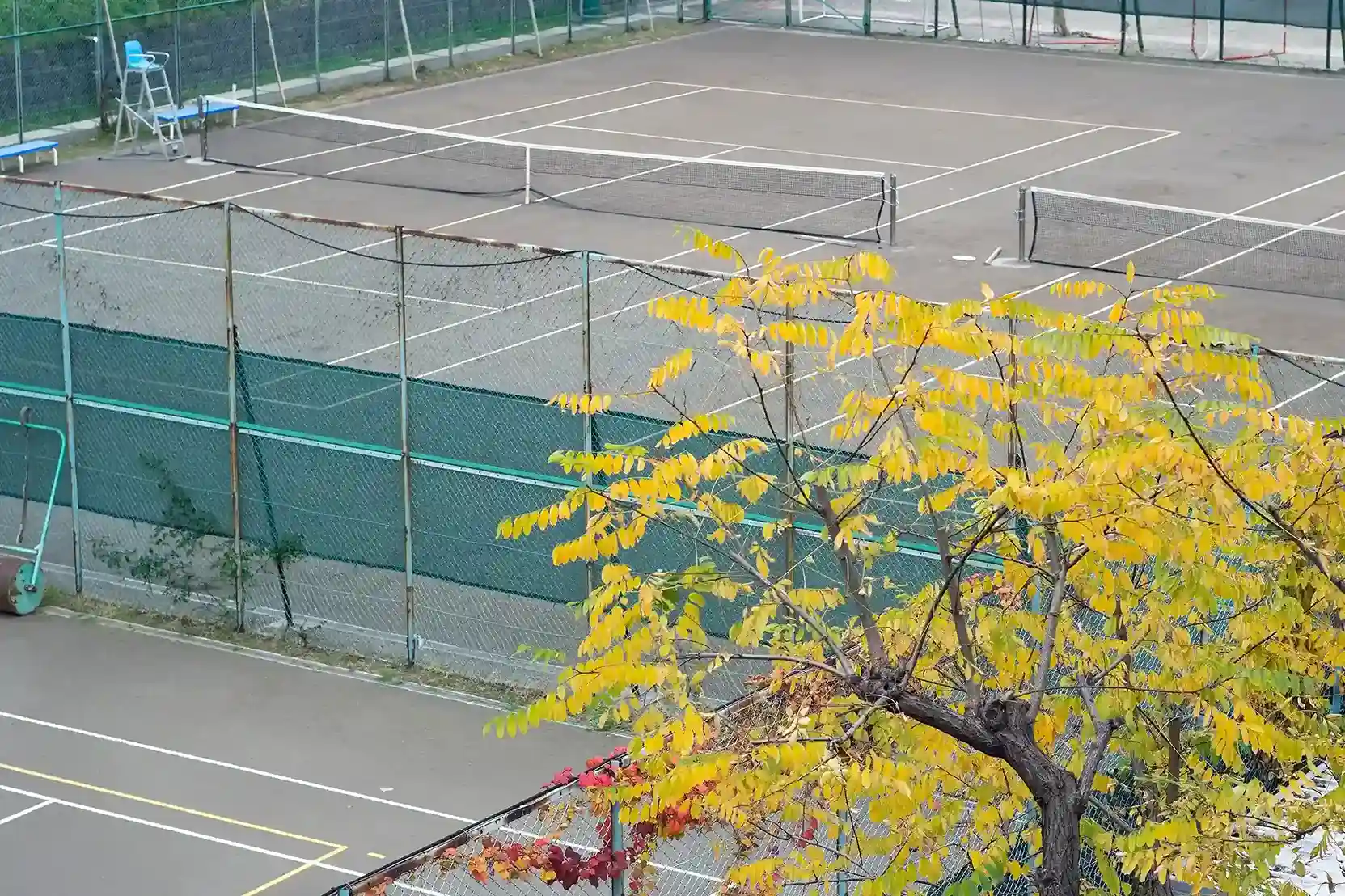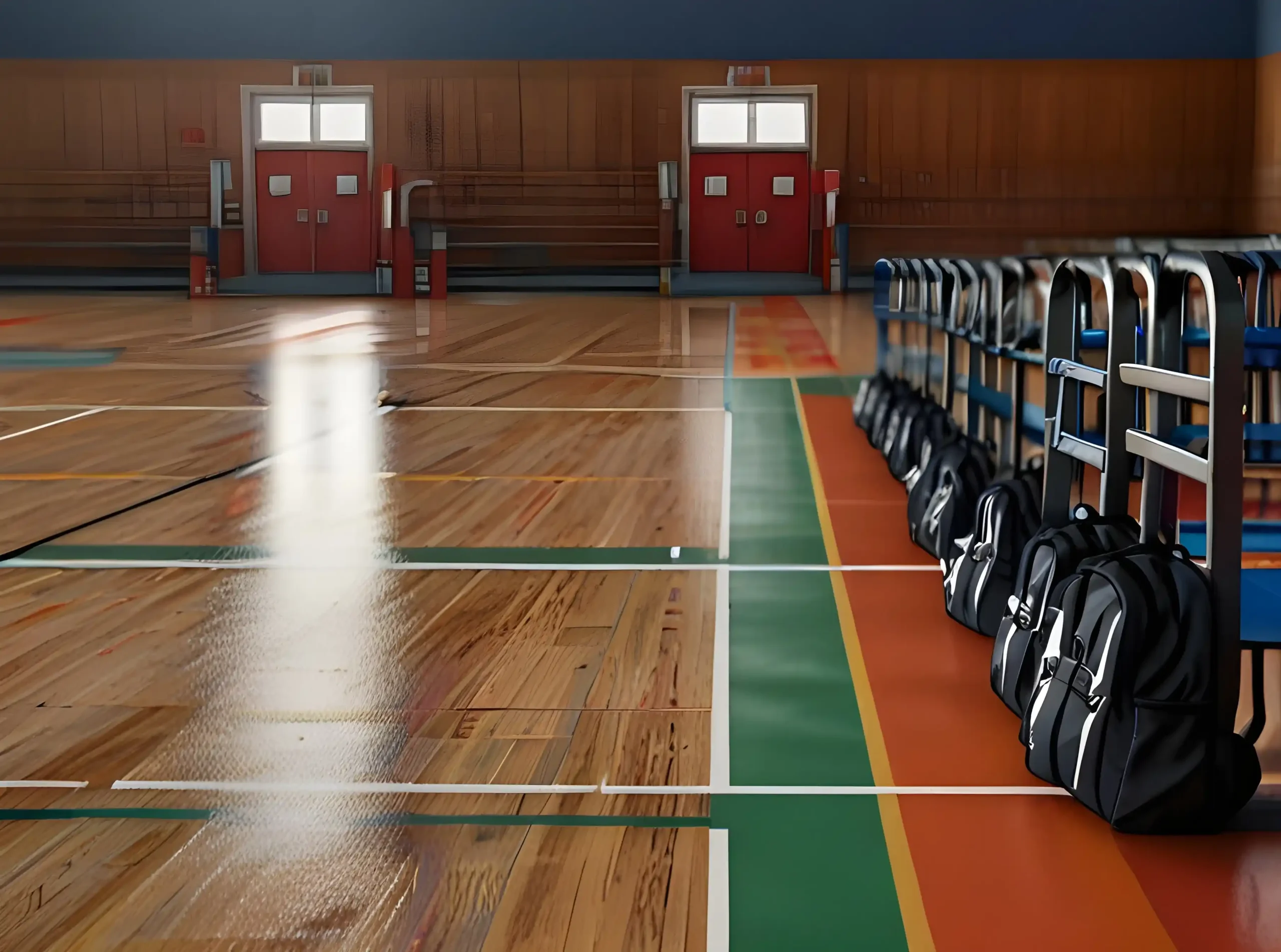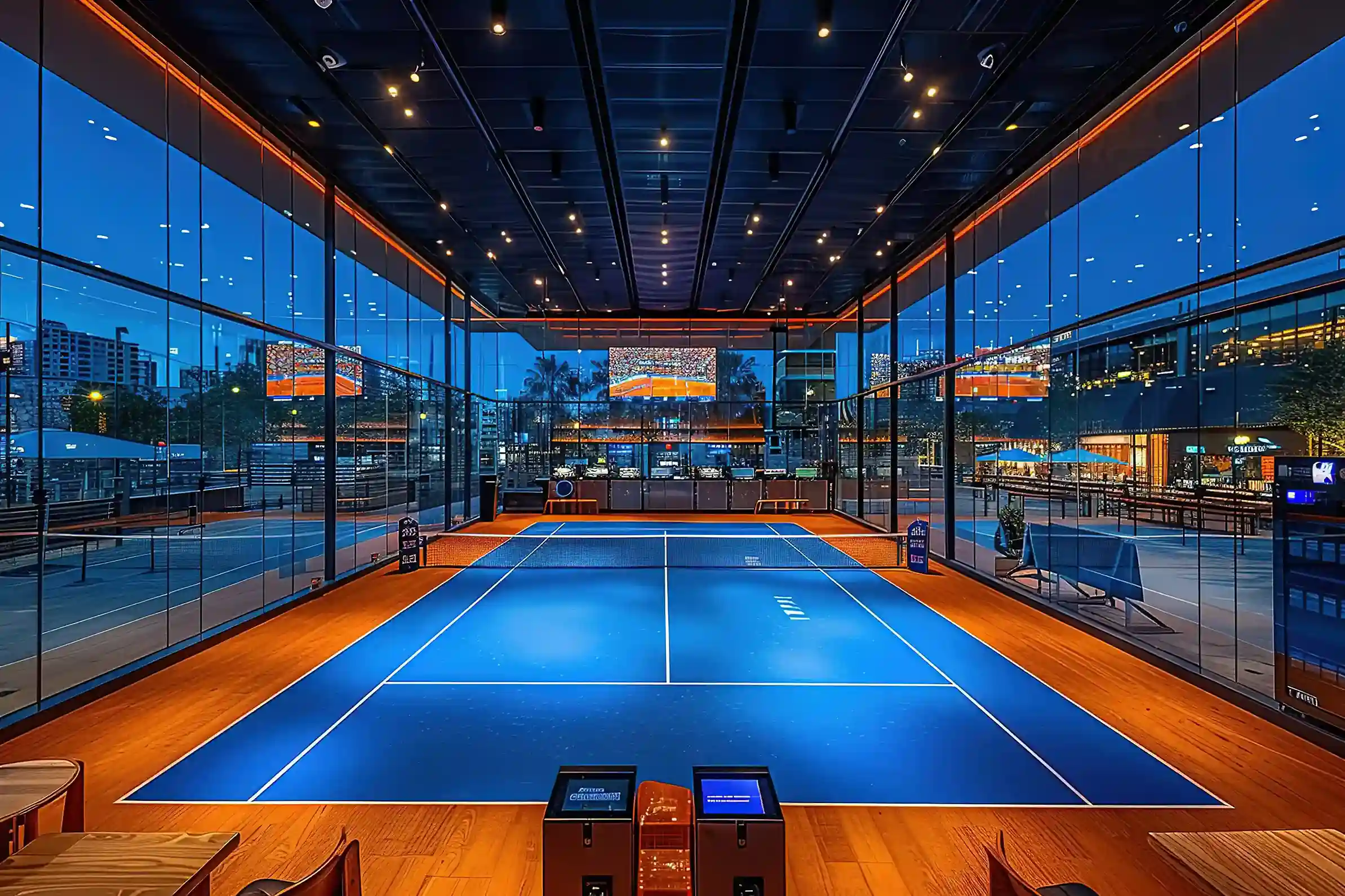Basketball enthusiasts around the globe recognize hardwood as the gold standard of court surfaces. From the professional arenas of the NBA to local gyms, the appeal of hardwood courts is undeniable. But as the world evolves, so do technologies and industries. This begs the question: will hardwood remain the top choice for basketball courts in 2025, or will alternatives rise to meet the challenge?
This blog explores basketball court flooring, from the rich history of hardwood to emerging alternatives. We’ll look at expert insights, environmental impacts, modern demands, and costs, before analyzing trends that could reshape the game we know and love.
A Historical Look at Hardwood Courts
The iconic hardwood basketball court traces its roots back to basketball’s origin in 1891, when Dr. James Naismith’s first game was played on a maple-floored gymnasium. Over time, hardwood courts, especially those crafted from maple, became synonymous with basketball. Their natural durability, uniform feel underfoot, and aesthetic appeal made them the flooring of choice for arenas around the world.
The tradition of hardwood courts is deeply entrenched—from amateur courts to prestigious NBA floors. But this dominance was built on more than tradition. Hardwood surfaces offered unparalleled quality in terms of performance consistency and long-term reliability, elevating the sport to new heights.
The Advantages of Hardwood Basketball Courts
Why has hardwood stood the test of time when it comes to basketball court flooring? Several key factors come into play:
- Durability
Maple hardwood is renowned for its resilience under intense pressure. Its ability to withstand wear and tear, even in high-traffic environments, is unmatched.
- Performance Characteristics
Hardwood courts offer consistent ball bounce, the right level of grip, and optimal shock absorption. This is critical for player safety and performance during games.
- Aesthetic Appeal
There’s no denying the classic beauty of a well-maintained hardwood court. Its polished surface exudes quality and professionalism, making it the ideal choice for televised games and iconic venues.
- Longevity
With proper care and maintenance, hardwood floors can last decades, making them a solid long-term investment despite the high initial cost.
Emerging Alternatives to Hardwood Flooring
Despite hardwood’s legacy, alternative materials are entering the spotlight. Modern developments in sports flooring now provide options like synthetic surfaces, modular systems, and even hybrid solutions.
Synthetic Basketball Surfaces
Synthetic materials such as polyurethane and vinyl are gaining traction for their versatility and cost-efficiency. These surfaces can mimic the grip and shock-absorption qualities of hardwood while being more resilient to moisture and easier to maintain. They’re often seen in multipurpose sports facilities.
Modular Flooring Systems
Modular court flooring, designed with interlocking panels, offers a portable and cost-effective solution. These systems are quick to assemble and disassemble, allowing venues to easily switch between uses like basketball, ice hockey, or concerts.
Hybrid Floors
Hybrid solutions that combine hardwood aesthetics with synthetic underlayers are emerging as a promising innovation. They provide the benefits of hardwood’s premium feel alongside synthetic durability and flexibility.
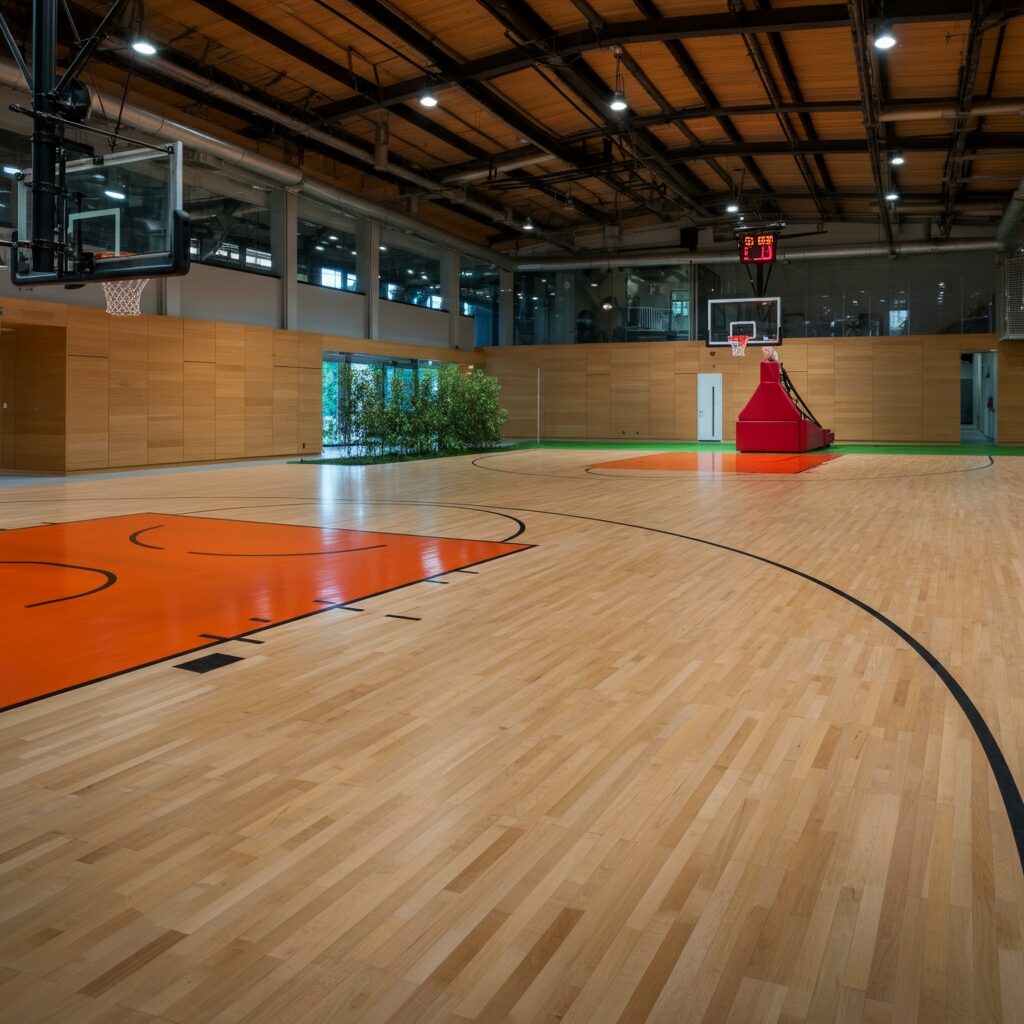

The Environmental Impact of Basketball Court Flooring
Sustainability plays an increasing role in decisions surrounding athletic facilities. Here’s a comparison of hardwood versus alternative materials:
- Hardwood
While beautiful and durable, hardwood relies on natural maple resources. This can contribute to deforestation if not managed responsibly. However, certified sustainable sourcing practices (such as FSC-certified wood) can mitigate environmental harm.
- Synthetic Surfaces
Synthetic flooring often uses recycled materials, making it an eco-conscious option. However, the production processes may involve non-biodegradable components, which need proper disposal solutions.
- Biomass and Hybrid Materials
These innovative materials strike a balance by using renewable resources and eco-friendly production methods, reducing both emissions and resource depletion.
Breaking Down Costs
When assessing basketball court flooring, cost is a major factor for facilities managers. Here’s how different options compare:
- Hardwood Courts
- Upfront Cost: High, with installation costs ranging between $65,000 and $100,000 for a standard-sized court.
- Maintenance: Requires regular refinishing and protection from moisture, adding to long-term costs.
- Synthetic Surfaces
- Upfront Cost: Moderate, with expenses ranging from $20,000 to $75,000 depending on material.
- Maintenance: Lower maintenance costs compared to hardwood, making it cost-effective over time.
- Modular Systems
- Upfront Cost: Varies widely but typically falls within $30,000–$80,000.
- Unique Advantage: Reusability and portability.
Where Basketball Court Flooring is Headed in 2025
Looking towards the future, significant trends are poised to shape basketball court flooring:
- Rise of Hybrid Floors
Combining hardwood and synthetic materials allows for optimized cost, performance, and durability.
- Sustainability as a Priority
Biomass-based flooring and eco-friendly manufacturing will take precedence.
- Advanced Technology Integration
Embedded lighting systems and interactive court features will enhance fan and player experiences.
- Modular Systems Gain Momentum
Portable solutions will dominate multipurpose venues, enabling easy transformations.
Navigating Your Flooring Options
Hardwood may continue to shine as a symbol of tradition, but new innovations in sustainable basketball courts and synthetic surfaces are opening a world of possibilities. Regardless of your choice, understanding the costs, benefits, and environmental impact is key to making the right decision.
Need help determining the perfect flooring for your facility? Contact us today to discuss your requirements and find tailored solutions that meet your needs.
FAQs About Basketball Court Flooring
Q1. What is the lifespan of a hardwood basketball court?
With proper maintenance, a hardwood court can last 20–40 years.
Q2. Is synthetic flooring suitable for professional basketball?
Yes! Many professional and collegiate facilities use advanced synthetic systems with performance characteristics comparable to hardwood.
Q3. How often should basketball court flooring be maintained?
Hardwood courts should be refinished every 1–2 years, while synthetic floors typically need less frequent maintenance.
Q4. Are modular systems durable enough for competitive play?
Leading modular systems design products specifically for professional use, ensuring equivalent performance and safety.

